Sage is a popular herb that has been used for centuries in both culinary and medicinal applications. This versatile herb is prized for its unique flavor, aroma, and potential health benefits.
However, to enjoy the benefits of this plant over a longer period, it is important to learn how to harvest Sage without killing the plant.
In this article, we will provide an overview of the sage plant, including its various uses, and discuss the importance of harvesting sage without killing it.
By following the tips and techniques outlined in this guide, you can ensure a sustainable and bountiful harvest of this beloved herb.
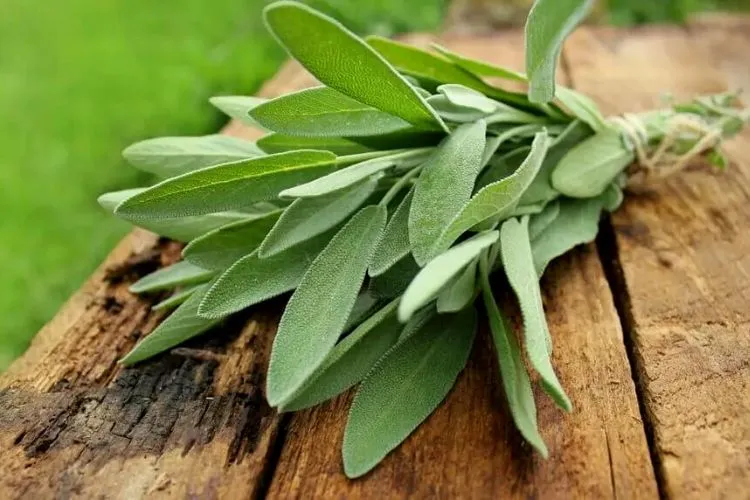
Table of Contents
Understanding Sage Plant Growth
To successfully harvest sage without damaging the plant, it’s important to understand its anatomy and growth patterns.
Sage has a distinct growth cycle that varies depending on age, and harvesting it at the wrong time can harm the plant’s future growth.
This section will provide a detailed overview of the sage plant’s anatomy, including its leaves, stems, and roots. We’ll also discuss the plant’s growth patterns over the years and how understanding this cycle is crucial for successful and sustainable sage harvests.
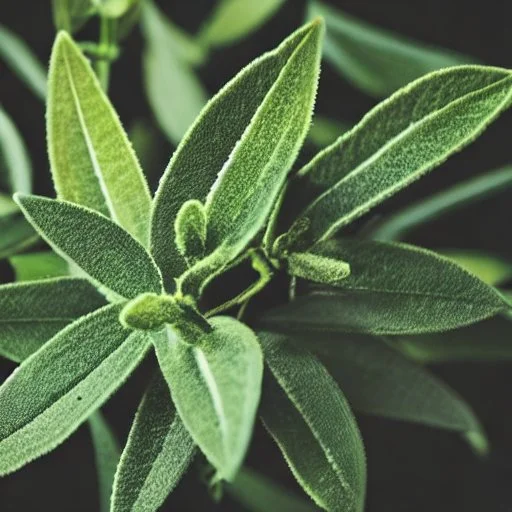
Anatomy of the sage plant
To harvest sage effectively, it’s essential to understand the anatomy and growth patterns of the plant. Sage (Salvia officinalis) belongs to the mint family and has a bushy, upright habit.
The plant has woody stems and evergreen leaves that are oblong or even ovate, with a velvety texture on the surface.
This awesomely diverse herb typically grows around 2-3 feet tall and a similar width. The plant can have one or several woody stems, depending on how it has been pruned.
The root system is extensive and can reach up to 3 feet deep, making the plant quite drought-tolerant.
Growth patterns of the sage plant
Sage has a distinct growth pattern that varies depending on its age.
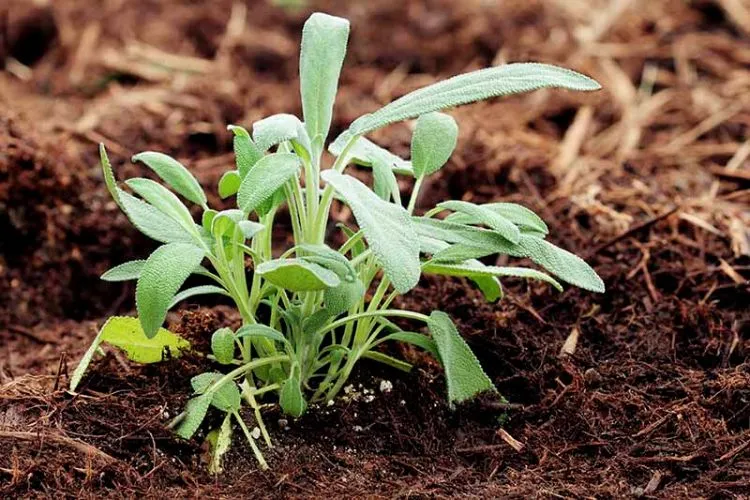
- In its first year, the sage plant will focus on establishing a strong root system and producing a few leaves.
- In the second year, it will begin to develop a more extensive root system and produce more leaves.
- After the second year, sage will grow more vigorously, producing many new leaves each year.
The importance of understanding the growth cycle before harvesting
Understanding the sage plant’s growth cycle before harvesting is essential to ensure that it continues to thrive. Overharvesting a young sage plant can lead to stunted growth or even plant death.
To avoid this, it’s important to only harvest mature sage plants that have established a strong root system. Always watch your sage plant, look for the signs, and harvest when the timing is right.
Knowing when to harvest sage
Knowing when to harvest sage without killing is another important aspect of maintaining the plant’s overall health.
Sage can be harvested throughout the growing season, but it’s best to avoid harvesting during winter when the plant is dormant.
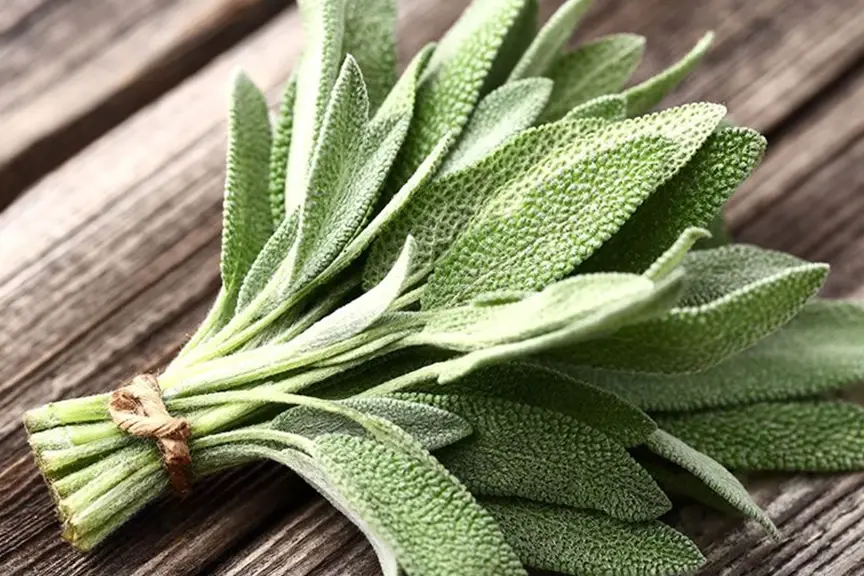
Instead, it’s best to start harvesting early to mid-summer when the plant is actively growing and producing new leaves. By understanding the sage plant’s anatomy and growth patterns, you can ensure a successful and sustainable harvest.
How to Harvest Sage without Killing the Plant (Tips Added)
To successfully harvest sage without killing or causing it any damage, it’s important to use the right tools and follow the correct steps.
Here are some techniques you can use to ensure a successful and sustainable harvest:
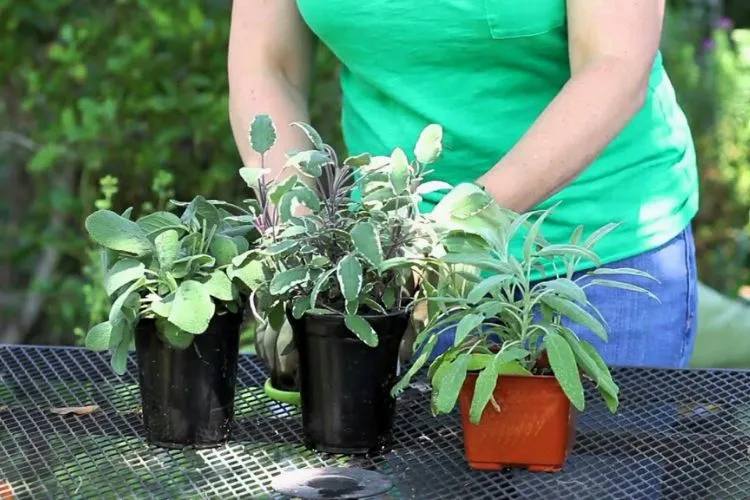
What you will need?
- Pruning shears or scissors
- Harvesting basket or container
- Gloves (optional)
Steps to follow when harvesting sage
- Select mature leaves to harvest, avoiding new growth or immature leaves.
- Carefully cut the leaves from the stem, leaving a small portion of the stem intact.
- Avoid cutting the stem too close to the base of the plant, as this can damage the growth point.
- Leave enough leaves on the plant for it to continue producing and growing.
- Collect the harvested leaves in your basket or container.
Techniques for pruning and shaping the sage plant
In addition to harvesting sage leaves, pruning and shaping the plant is essential for promoting healthy growth and preventing the plant from becoming woody or straggly.
Here are some techniques for pruning and shaping the sage plant:
- Timing: Prune your sage plant in the spring when new growth begins. This is the best time to remove any dead or damaged stems or branches and any weak growth. You’ll be surprised at how much new growth will pop out during this time!
- Deadheading: Deadheading is the process of removing spent flowers or seed heads. Deadheading your sage plant can help promote bushier growth and prevent the plant from becoming leggy. To deadhead your sage, cut just below the flower head to remove the spent flowers.
- Shaping: To shape your sage plant, remove any dead or damaged stems or branches. Next, trim back any long; straggly stems to promote bushier growth. You can also pinch back the tips of the stems to encourage the plant to produce more lateral growth. This will result in a fuller and more attractive plant.
- Pruning: Pruning your sage plant is essential for maintaining its health and shape. To prune your sage, remove any stems or branches crossing or rubbing against each other, as well as any weak or diseased growth. Cut these stems back to the main stem or a healthy bud. Avoid cutting back more than a third of the plant at any one time, as this can weaken the plant.
Tips for Maximizing Sage Harvest
While understanding the anatomy and growth patterns of the sage plant is crucial for success and sustainability, several other factors can impact the amount and quality of the sage you’re able to harvest.
By using the right techniques and taking proper care of your sage plant, you can maximize your harvest and ensure you have an abundant supply of this flavorful herb throughout the growing season.
In this section, we’ll provide tips for maximizing your sage harvest, from the best timing to fertilization techniques and storage methods.
The importance of timing in sage harvest
When it comes to harvesting sage, timing is everything. Harvesting at the wrong time can result in poor quality or even damage to the plant, so it’s a good idea to know when to harvest for the best results.
Here are some tips for timing your sage harvest:
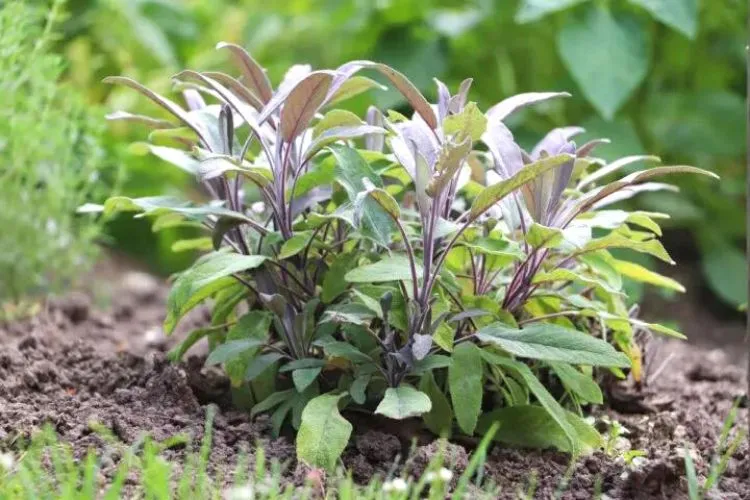
Harvesting before the flowers bloom
Harvest your sage before the plant starts to produce flowers for the best flavor and aroma. This is because once the plant flowers, it’ll redirect its energy to producing flowers and seeds rather than foliage, which can impact the quality of the leaves.
To determine whether your sage is about to flower, look for small buds or clusters of buds at the tips of the stems. If you see these, it’s time to harvest your sage.
Harvesting after the dew has dried in the morning
Harvesting your sage in the morning is recommended for the best flavor and aroma. However, waiting until the dew has dried is important to avoid damaging the plant.
Wet leaves are more prone to damage and disease and can also reduce the quality of the harvested leaves. Therefore, wait a little bit until after the sun has dried the dew from the leaves before harvesting.
Ways to increase the sage yield
If you want to get the most out of your sage plant and increase your yield, there are several techniques you can use to help your plant thrive. Let’s have a look at some simple-to-follow methods to assist in yield production:
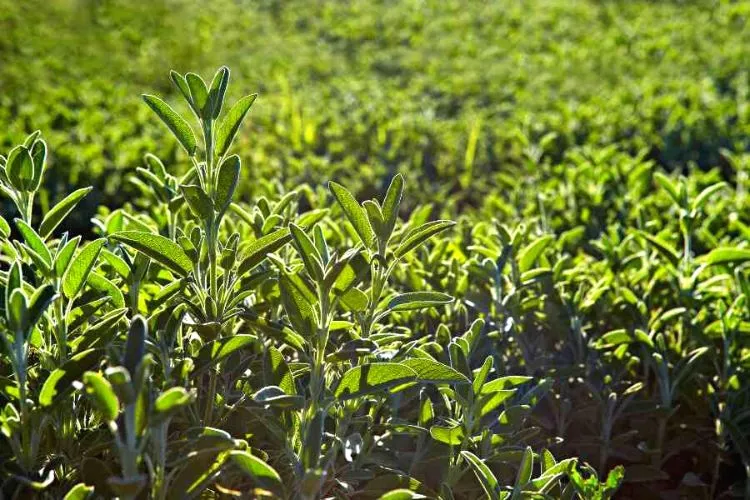
Fertilizing the soil
Sage plants require well-draining soil that is rich in nutrients. So, adding organic matter, such as compost or aged manure, to the soil can help improve its quality and provide the nutrients the plant needs to grow.
You can also use a balanced, all-purpose fertilizer to boost your sage.
Providing adequate water
Sage plants need consistent moisture to grow well, but they don’t like to be waterlogged. Aim to water your sage deeply once or twice weekly, depending on the weather and soil conditions.
Be sure to water at the base of the plant to avoid getting the leaves wet, which can promote disease.
Using companion planting techniques
Companion planting involves planting different species to provide mutual benefits, such as pest control or improved nutrient uptake.
Planting sage alongside other herbs, such as thyme, oregano, or rosemary, can help improve the health and yield of both plants.
How to preserve and store sage?
If you have more sage than you can use fresh, it’s important to preserve it properly to ensure it stays flavorful and aromatic. Let’s have a look at some simple techniques for preserving and storing your excess fresh sage:
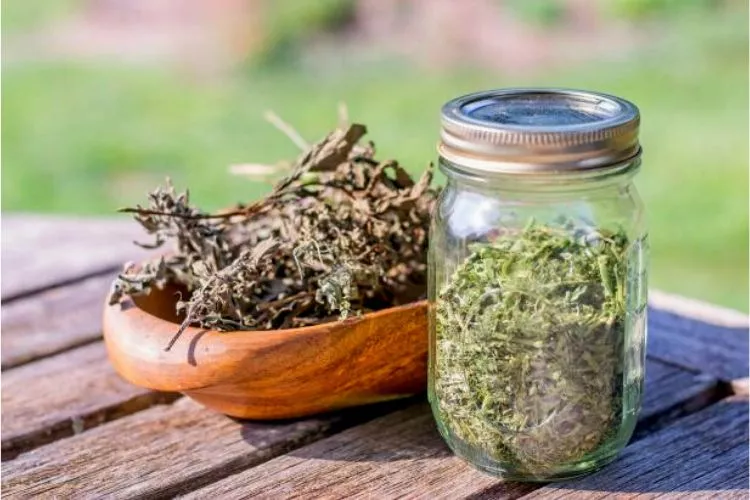
Drying sage
Drying sage is a simple and effective way to preserve the herb for later use. This can be done by following these short steps:
- Harvest your sage in the morning after the dew has dried from the leaves.
- Remove any damaged or discolored leaves.
- Rinse the leaves under cool water and pat them dry with a clean towel.
- Tie the stems together in small bunches and hang them upside down in a cool, dry, well-ventilated area.
- Once the leaves are dry and brittle, remove them from the stems and store them in an airtight container.
Freezing sage
Freezing is another way to preserve sage for later use, and it’s a great option if you want to retain the herb’s fresh flavor. Here’s how to freeze all of that leftover fresh sage:
- Harvest your sage and rinse the leaves under cool water.
- Pat the leaves dry with a clean towel.
- Arrange the leaves in a single layer on a baking sheet or tray.
- Place the leaves on your favorite flat tray and whack them in the freezer until they are frozen.
- Once frozen, take them out and throw them in a freezer-safe container or bag. Then put them back in the freezer for future use.
Storing sage in oil or vinegar
Storing sage in oil or vinegar is a great way to preserve the herb’s flavor and aroma. Furthermore, his handy technique has been used for decades. Here’s how to store sage in oil or vinegar:
- Harvest your sage and rinse the leaves under cool water.
- Pat the leaves dry with a clean towel.
- Place the leaves in a clean, dry jar.
- Cover the leaves with your preferred oil or vinegar, making sure they are completely submerged.
- Seal the jar carefully and leave it in a cool, dark spot.
Pro Tips:
- Be gentle when harvesting sage to avoid damaging the plant
- Use sharp and clean tools to avoid tearing the leaves
- Leave some leaves on the plant to ensure continued growth
- Harvest sage in the morning when the essential oils are most concentrated
- Sage is drought-tolerant, but water the plant before harvesting to make it more resilient
Frequently Asked Questions (FAQs)
Can I harvest sage before it flowers?
Yes, harvesting your sage before it flowers is recommended to get the best flavor and aroma. Once the plant starts to flower, its energy will be redirected into producing flowers and seeds, which can affect the quality of the leaves.
How often can I harvest sage?
You can harvest sage as often as needed throughout its growing season. However, it’s important not to harvest too much at once, as this can damage the plant and reduce its yield. Aim to harvest at least one-third of the plant at a time. This will almost guarantee regeneration.
Can I cut back sage in the winter?
Yes, you can cut back your sage plant in the winter. Doing so will promote healthy growth and prevent it from becoming too leggy. However, leave some foliage on the plant to help it survive the winter.
Can I harvest sage in the fall?
You can harvest sage in the fall before the first frost. This is one of the most beneficial times to harvest. The cooler temperatures can enhance the flavor and aroma of the leaves. Just be sure to harvest before the plant goes dormant for the winter.
Conclusion:
In summary, learning how to harvest sage without killing the plant requires an understanding of the plant’s growth patterns, proper timing, and careful techniques.
Following the tips and techniques outlined in this guide, you can enjoy a bountiful harvest of flavorful and aromatic sage.
Remember to fertilize the soil, provide adequate water, and use companion planting techniques to help your sage thrive.
With proper care, your sage plant can produce an abundant harvest for years. We hope that this guide has been helpful. You can read about similar topics here on our website. Check back again soon for more.


